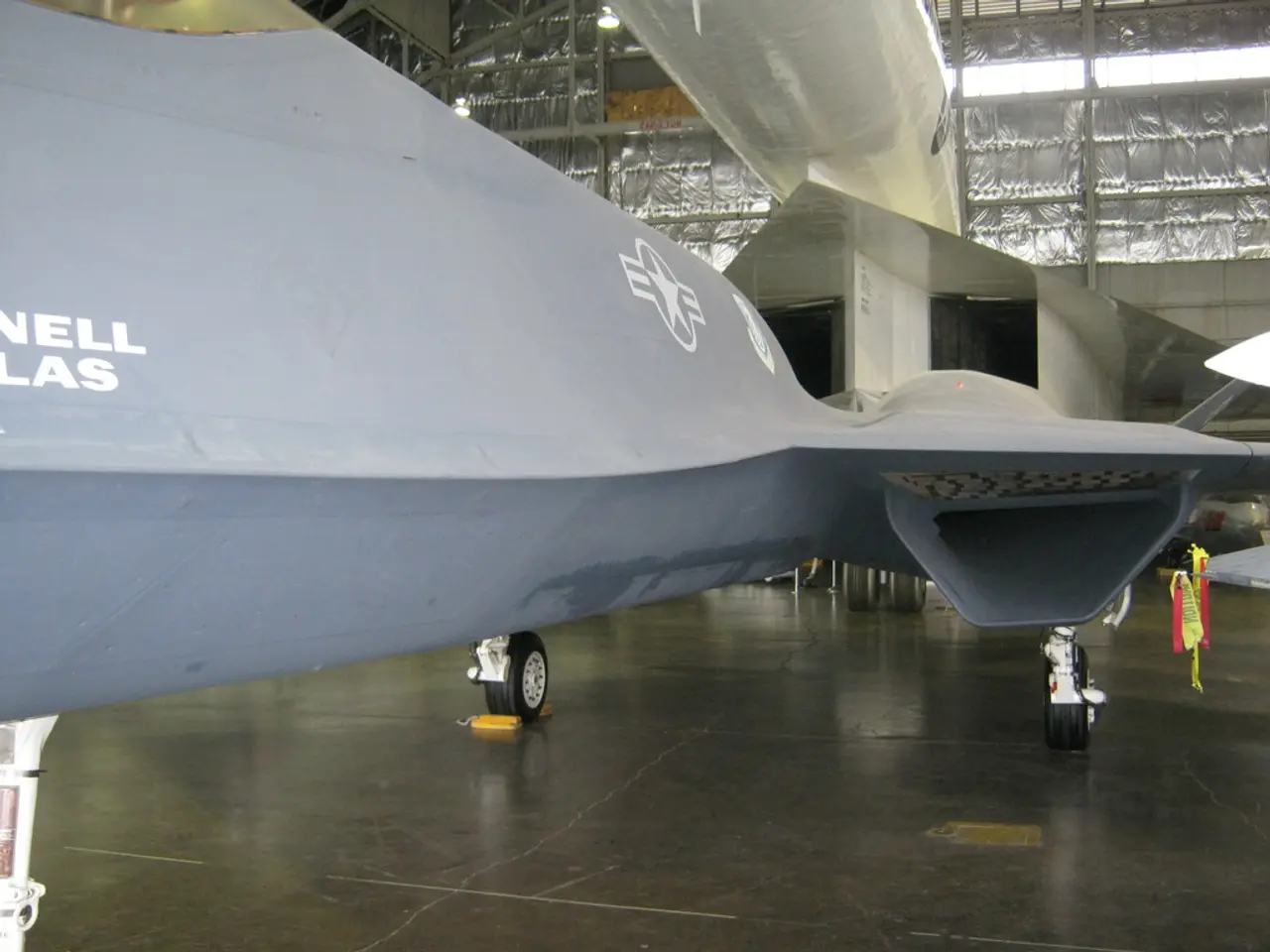Aviation disaster: Disrupted fuel flow on Air India aircraft - Plane crash of Air India: Disruption of Fuel Supply
In the aftermath of the tragic Air India plane crash that occurred on June 12, 2025, at Ahmedabad airport, key insights into the possible causes of the disaster have emerged. The Aircraft Accident Investigation Bureau (AAIB) has released a preliminary report, shedding light on the critical role of the fuel control switches in the crash.
The Boeing 787 Dreamliner, carrying 242 people, lost its fuel supply just three seconds after takeoff. The fuel control switches transitioned from the "RUN" to the "CUTOFF" position one after another with a time gap of one second. This sudden interruption in the fuel supply may have been the catalyst for the catastrophic event.
The cockpit voice recorder captured a conversation where one pilot asked the other why the fuel was cut off, to which the other pilot responded that they did not do so. This suggests confusion and possible miscommunication among the pilots.
Officials are considering a theory that the pilots may have inadvertently cut off the fuel supply, which could be indicative of pilot error. This theory is supported by the absence of any detected mechanical issues with the aircraft.
Despite the efforts of the pilots to power the engines back up after the fuel cutoff switches were reversed, the plane crashed before the engines could recover. The aircraft is designed to continue flying on a single engine, but the rapid loss of power and altitude proved catastrophic.
The crash occurred shortly after takeoff, with the plane having already begun to lose altitude before it cleared the airport perimeter wall. Only one passenger, a British national, survived the crash.
The Ram Air Turbine (RAT) emergency system deployed as the aircraft initially climbed, but it was not enough to prevent the disaster. The RAT generates hydraulic or electrical energy from the airflow and is designed to provide emergency power in the event of a loss of main power.
The ongoing investigation, involving experts from Boeing, the U.S. Federal Aviation Administration, and engine manufacturer GE, is far from over. Further analysis is needed to determine the definitive cause of the accident. At this stage, no recommended actions for the operators and manufacturers of Boeing 787-8 and/or GEnx-1B engines have been made.
Air India has confirmed receipt of the preliminary report but has declined to comment on specific details due to the ongoing investigation. The company has expressed its condolences to the families of the victims and promised to cooperate fully with the investigation.
The preliminary report suggests that the crash may have been caused by an interrupted fuel supply, but the investigation continues to uncover more details. The tragic event resulted in 260 fatalities, with the Boeing 787 Dreamliner crashing into a residential area and bursting into flames. No significant bird activity was observed near the flight path.
As the investigation continues, the aviation industry and the public await the final report, which will provide a comprehensive understanding of the causes of the disaster and recommendations for preventing similar incidents in the future.
The community is urging the Air India management to address the concerns regarding the environmental impact and safety protocols in light of the recent plane crash. This tragedy has raised questions about the industry's financial responsibility towards ensuring a safe and environmentally sustainable transportation system.
With no apparent mechanical issues mentioned in the preliminary report, financial analysts predict a potential loss for the airline industry due to the unfortunate event, as well as the cost of investigations and compensations to families. This disaster underscores the importance of community policy in regulating the aviation industry to protect both passengers and the environment.




